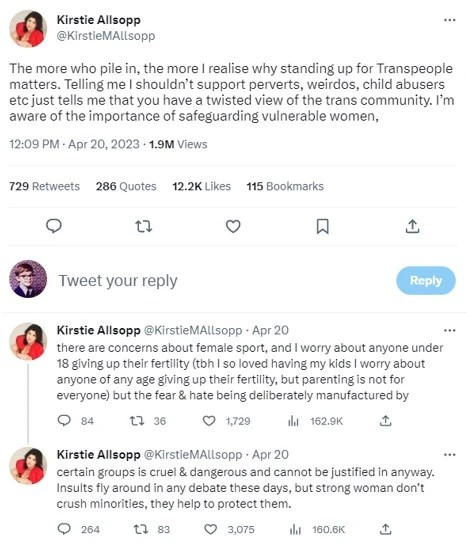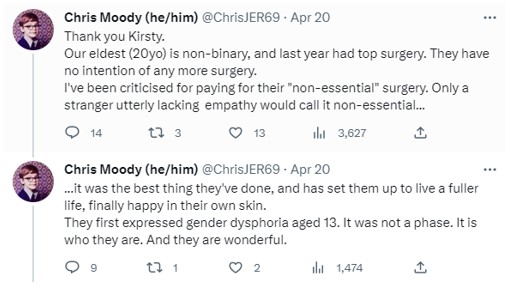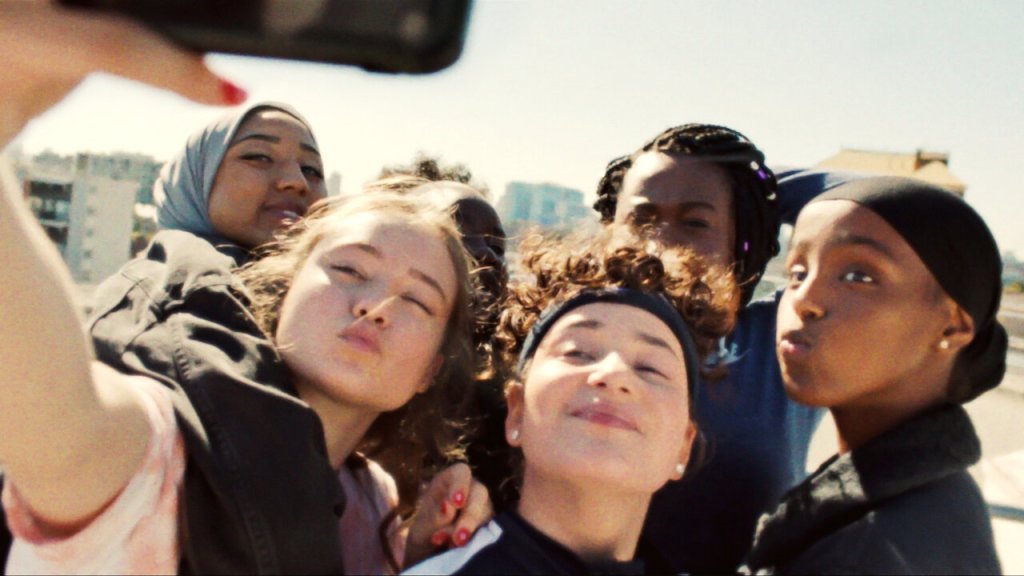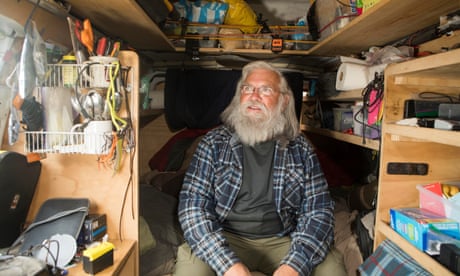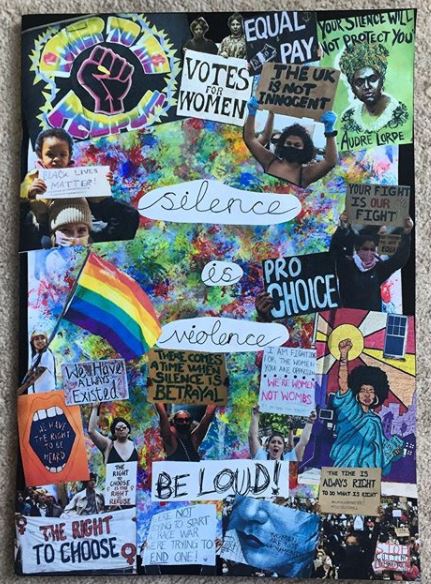I wrote recently about the dangers of design, thinking, marketing (anything, really) converging towards a homogeneity. One-size-fits-all is wrong on so many levels and I Reckon it always has been. But various forces with their own vested interests have promoted it as a ‘best’ solution, because you can’t please all the people all of the time.
Maybe not, but as countless studies have found, if you design something for the ‘average’, you’re actually designing for no-one.
For a start, almost no-one is actually ‘average’ on more than a couple of dimensions or attributes. And to follow up, averages change; which is why I really, really dislike going to a certain theatre in Bristol, because its aged seats seem to have been designed for an audience of 12 year-olds.
For generations, most workers have spent more of their waking hours at their place of work than at home. And yet these workplaces, from Victorian factories to contemporary call-centres and everything in between, were often designed with little thought to the needs of the workers beyond that of productive efficiency, then operational functions and only later things like hygiene and safety.
A step-change?
It’s true that quite a lot has changed in the last few years, largely precipitated by the Pandemic, with hybrid working and/or greater flexibility increasingly common for previously office-based jobs. In parallel, initiatives to improve equality and equity of treatment in recruitment, management and pay across genders, race and other dimensions are making long-overdue progress.
Full disclosure: since pivoting to be a freelancer after the first 2020 Lockdowns, I’ve spent probably 90% of the last three years working from home, so I’m not up-to-date with if or how offices and workplaces have transformed since the Pandemic, to adapt to new ways of working, variable numbers of people in the building on any given day (etc). Nevertheless, I was keenly aware that, back in 2020, most offices I had ever worked in or visited were not designed for a diverse range of preferences or needs. By far the norm in my experience were large open-plan spaces with rows or clusters of workspaces (desks), sometimes with some kind of dividers or screens, and usually with break-out tables or individual work-pods, and varying sizes of meeting rooms.
These can be great for knowing where everyone is, coordinating the logistics of electrical and telephone cabling, helping the space to feel light and open, fostering teamwork by having everyone in view, but there are significant drawbacks, which I’m sure resonate with most people who’ve ever worked in such an environment.
It’s noisy, mostly a low-level background chatter, but there are always sounds coming from somewhere; people who like to work with music, a team meeting at one of the breakout tables, people chatting at someone’s desk, the whirr of a printer or photocopier, people walking about, asking “have you seen ____?”. Sound carries around the open spaces, and this doesn’t work for everyone or every type of work. It’s an environment that favours, facilitates and encourages extraverts, those prepared to be public and (however unwittingly) put their needs before anyone else. It’s not helpful for deep, concentrated work, as the background distractions are frequently punctuated by ‘people interruptions’. Depending on your source, somewhere between 30-50% of people prefer introversion, which suggests that the standard open-plan format needs greater flexibility to accommodate their needs, if not all the time, then at least some of the time.
Our eldest child (now at university) is autistic, but I know they would find a busy, open office, especially with multiple and ever-changing sources of noise and distraction, almost impossible to work in – which might be a reflection of why barely 1 in 5 people with autism are in paid employment: the world of work has not considered them. It’s surely a reflection of these varying preferences that so many people are delighted they can now work in a hybrid fashion, with days at home each week, free from so many immediate distractions and irritations.
The kerb-cutter effect can work for everyone
Offices (like factories before them) were designed by companies for the company, to make it easier to set up the equipment their people need, to ensure everyone has a dedicated space, to know where everyone is.
Companies often hired people using psychological testing to get the right ‘fit for our culture’, but that often meant hiring people like us, like the founder, extraverts who enjoy the same things the confident leadership team do.
But given everything we now have at our disposal in terms of technology and communications, and what we know about mental health, productivity and the diversity of personal work preferences, let alone neurodiversity, perhaps we should be hiring more the right people for the job, recognising that when we cater for diverse needs, everyone gains.
It’s not just ‘niche’ minorities with visible or invisible medical conditions, it’s recognising that people are different, and as I bang on to my marketing clients whenever it’s relevant, if you know that people are different, and you can treat them differently in ways that matter to them and can make a significant or meaningful difference, why wouldn’t you do that? They will recognise what you’ve done, and often thank you and reward you for doing it. It’s a positive-sum game.
“Working” from home…
It used to be a trait of ‘presentee-ism’ culture to make a swift and snide crack about people who occasionally wanted to work from home (or indeed just left early for once). Being in the office was productive and meaningful, anything else was less so. I’d always believed and hoped that if my bosses treated and trusted us as professional adults, my colleagues and I wouldn’t take the pi*s. We would get the work done, and they wouldn’t always be peering over our shoulders.
The past few years have, I hope, vindicated my hopes, in that more companies have realised the benefits to both company and staff of a more flexible working culture that enables people to better align their working and personal commitments, to have a hybrid working environment that enables everyone to give of their best more often.
I’ve only been into an office of any kind for work twice in the past year, and each time only for a day. Much as I love my freelance-contracting role, and have had wonderful experiences doing work of which I am really proud, I do hope that more of my work in the coming months can be actually in rooms with people. I Reckon it’s where I do my best work, being able to share and build ideas quickly and immediately, and yes, sometimes in those open-plan environments that can be problematic for some (many) people.
So after a period of very little work (May 2023 will be my first month since August 2020 in which I have not submitted an invoice to a client), that’s what I’m looking for; the chance to work with people both virtually and in-person, with time for me to do better, deep work without distraction, and the opportunities to make it even better through face-to-face conversation. If anyone has any ideas or openings, please let me know!
And, as I freely admit, I’m out of the loop about how working practices and office spaces have changed in the last couple of years, so I’d love to hear from anyone about this – please leave a comment your (hopefully positive) experiences!
